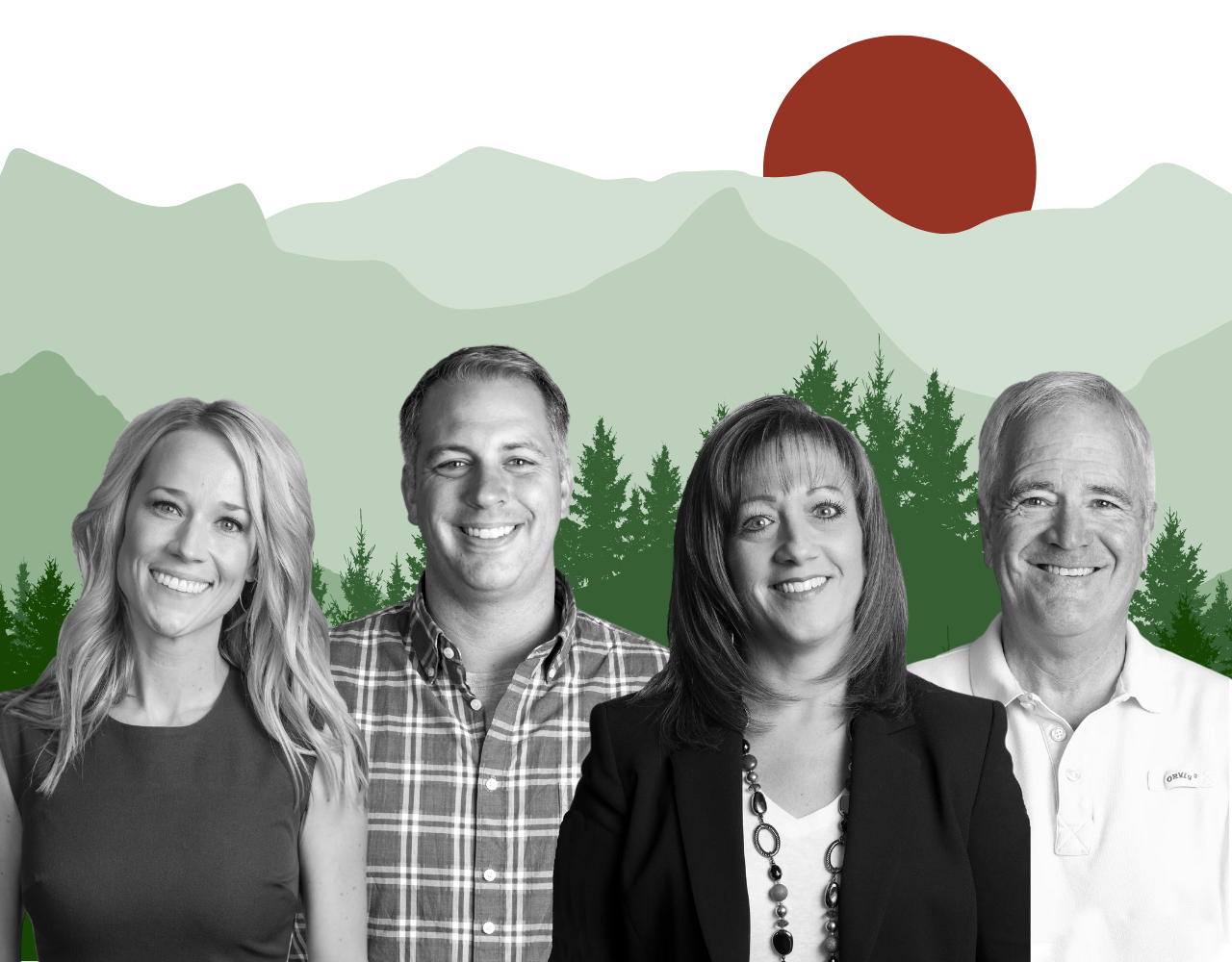Colorado Secondary Home Insurance
9:00am - 5:00pm Mon-Fri
We'll Reply in 15min*
Index
Contact Us
Phone
Location
Owning a secondary home in Colorado can be a dream come true. Whether it's a vacation home in the mountains or a rental property in the city, it's an investment that requires protection. One way to
safeguard your investment is through secondary home insurance. This type of insurance is specifically designed to cover homes that aren't your primary residence. In this comprehensive guide, we'll delve into the intricacies of secondary home insurance in Colorado, its importance, how it works, and how to choose the right policy for your needs.
Understanding Secondary Home Insurance
Secondary home insurance, also known as vacation home insurance or second home insurance, is a policy that covers a property not occupied by the owner most of the time. This could be a vacation home, a rental property, or a property that you visit only a few times a year. The coverage typically includes property damage, liability coverage, and certain types of risk unique to secondary homes.
Compared to primary home insurance, secondary home insurance tends to be more expensive. This is because secondary homes often present more risks. They are often left unoccupied for long periods, making them susceptible to theft, vandalism, and unnoticed damage, such as leaks or pest infestations. Additionally, if the property is rented out, there could be liability issues to consider.
Why is Secondary Home Insurance More Expensive?
Insurers calculate premiums based on risk. Since secondary homes are often unoccupied, they are seen as high-risk properties. Unoccupied homes are more likely to be broken into, and any damage that occurs might not be noticed until it's too late to prevent costly repairs. If the home is in a location prone to natural disasters, such as wildfires or floods, this can also increase the insurance cost.
Another factor that can drive up the cost of secondary home insurance is if the property is rented out. Renters might not take as much care of the property as an owner would, leading to potential damage. Plus, there are liability risks associated with renters, such as injuries occurring on the property.
Choosing the Right Secondary Home Insurance Policy
When it comes to choosing a secondary home insurance policy, there are several factors to consider. First, you need to assess the risks associated with your property. Is it in a location prone to natural disasters? Is it left unoccupied for long periods? Is it rented out? The answers to these questions will help determine the type and amount of coverage you need.
Next, consider the value of your property and its contents. This will help you decide how much coverage you need for property damage. Remember, it's not just about covering the cost of the building itself, but also the furniture, appliances, and other personal belongings inside.
Types of Coverage
There are several types of coverage you might want to include in your secondary home insurance policy. Property damage coverage will pay for repairs or replacement if your home or its contents are damaged or destroyed due to events like fire, storm, or theft. Liability coverage protects you if someone is injured on your property and decides to sue. Loss of use coverage can help cover living expenses if your home is uninhabitable due to a covered loss.
Depending on the location of your secondary home, you might also need additional coverage for specific risks. For example, if your home is in a
flood-prone area, you'll need flood insurance. If it's in an area prone to wildfires, consider adding a wildfire protection endorsement to your policy.
Understanding Colorado's Insurance Requirements
Colorado doesn't have specific insurance requirements for secondary homes. However, if you have a mortgage on the property, your lender will likely require you to have insurance to protect their investment. Even if you own the property outright, it's still a good idea to have insurance to protect your own investment.
It's important to note that while Colorado doesn't require specific types of coverage, certain risks are more prevalent in this state. For example, Colorado is known for its wildfires and hailstorms. Therefore, when choosing a policy, make sure it covers these types of risks.
Working with an Insurance Agent
Choosing the right secondary home insurance policy can be complex, especially considering the unique risks associated with Colorado. This is where an insurance agent can be invaluable. They can help you assess your risks, understand your coverage options, and find a policy that fits your needs and budget.
When choosing an agent, look for someone with experience in secondary home insurance and familiarity with Colorado's insurance market. They should be able to answer all your questions and guide you through the process of securing the right coverage.
Conclusion
Secondary home insurance is a crucial aspect of owning a secondary home in Colorado. It protects your investment and gives you peace of mind. While it can be more expensive than primary home insurance, the cost is worth it considering the potential financial losses you could face without it.
By understanding your risks, knowing your coverage options, and working with a knowledgeable insurance agent, you can find a policy that provides the protection you need. Remember, the goal is not just to meet your lender's requirements, but to safeguard your property, your belongings, and your financial future.


